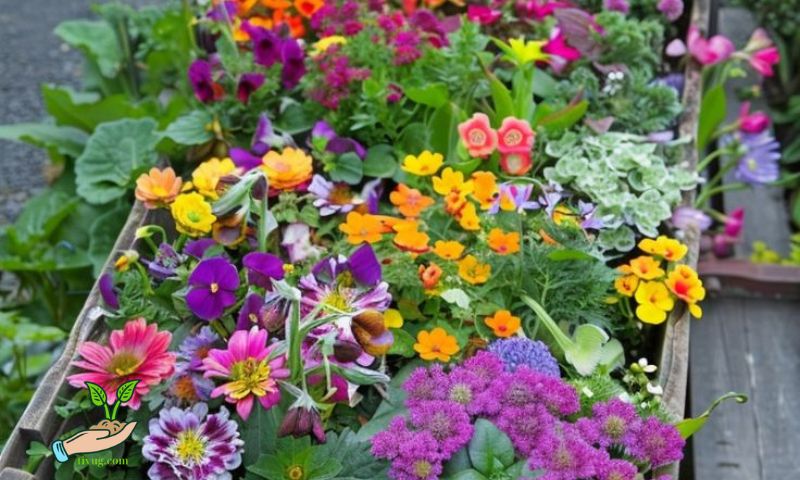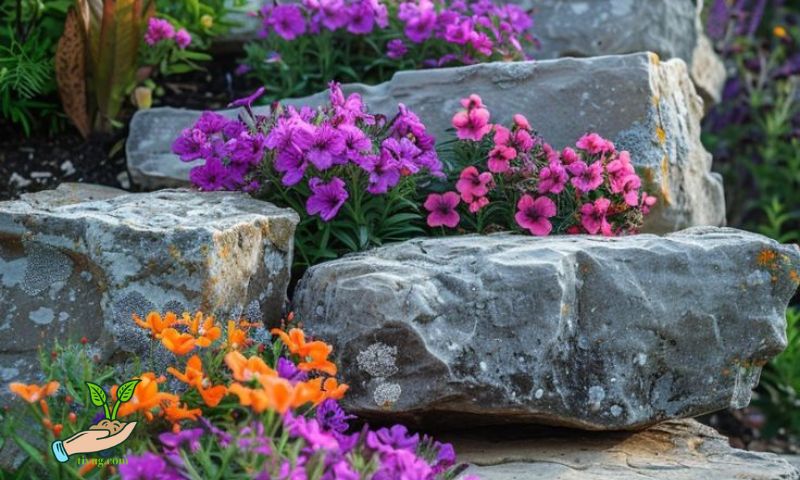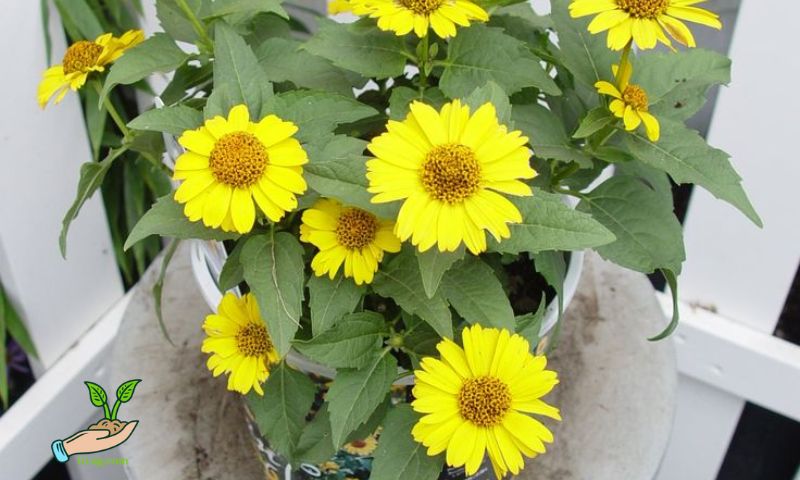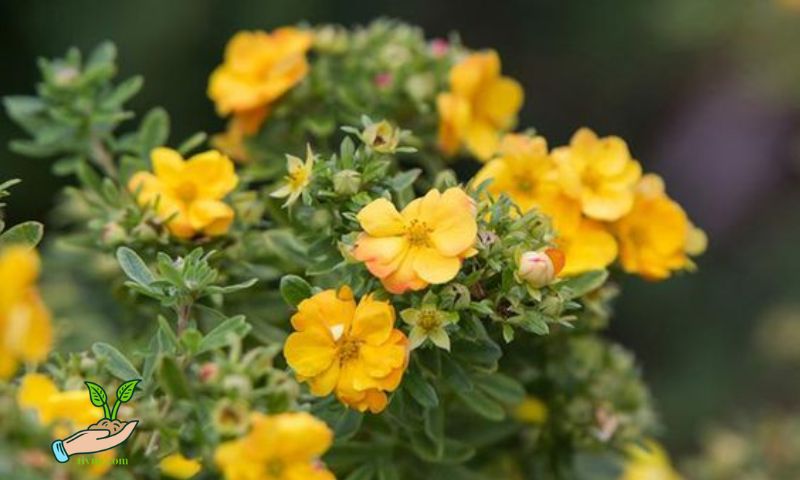Schools are increasingly recognizing the importance of creating vibrant and educational environments through landscaping. One of the key elements that contribute to the beauty and educational value of school grounds is the variety of flowers planted. From roses to sunflowers and native species, each type of flower offers unique benefits, both aesthetically and academically. This article explores different types of flowers commonly planted at schools, highlighting their benefits, educational opportunities, and maintenance considerations.
1. Introduction
Flowers play a crucial role in enhancing the atmosphere of school environments. Beyond their visual appeal, flowers stimulate learning, foster creativity, and provide hands-on educational opportunities for students. This article delves into various types of flowers that schools often plant, emphasizing their diverse benefits and educational significance.
2. Popular Flower Types

Roses
Roses are a timeless favorite in school gardens due to their beauty and versatility. They come in various colors and varieties, making them suitable for different climates and garden designs. Schools often plant roses not only for their aesthetic appeal but also to teach students about horticulture and gardening practices. For instance, students can learn about pruning, soil preparation, and pest management through caring for rose bushes.
Sunflowers
Sunflowers are another popular choice, especially in educational settings. Their towering height and vibrant blooms captivate students’ attention, making them ideal for teaching about plant growth cycles and sun-tracking behavior. Schools often use sunflowers to demonstrate concepts like photosynthesis and pollination, encouraging students to observe and record changes in the plants over time.
Tulips
Tulips bring seasonal beauty to school gardens, typically blooming in spring. Schools use tulips not only for their visual impact but also for educational purposes. Teachers integrate tulip planting into science lessons, discussing topics such as bulb formation, flowering stages, and adaptation to different climates. Students participate in hands-on activities like planting bulbs, monitoring growth, and documenting observations, fostering a deeper understanding of plant life cycles.
3. Native and Local Flowers
In recent years, there has been a growing emphasis on planting native and local flowers in school gardens. Native flowers are adapted to local climate conditions, requiring less water and maintenance once established. By incorporating native species, schools promote biodiversity and support local ecosystems. Students learn about the importance of native plants in preserving wildlife habitats and maintaining ecological balance.
Examples of native flowers commonly planted in school gardens include wildflowers such as Black-eyed Susans, California Poppies, and Purple Coneflowers. These flowers not only attract pollinators like butterflies and bees but also serve as living laboratories for studying ecosystem interactions. Schools often create educational signage to identify native plants and explain their ecological roles, enhancing students’ environmental literacy.
4. Pollinator-Friendly Flowers

Pollinator-friendly flowers play a crucial role in supporting biodiversity and food production. Schools increasingly plant flowers that attract pollinators such as bees, butterflies, and hummingbirds. By creating pollinator-friendly habitats, schools contribute to local pollinator conservation efforts while providing students with firsthand experiences of ecological interactions.
Flowers like Lavender, Bee Balm, and Butterfly Bush are popular choices for attracting pollinators. Students observe pollinator behavior, learn about the mutualistic relationship between plants and pollinators, and explore the role of pollination in agriculture. Educational activities include planting butterfly gardens, conducting insect surveys, and designing habitats that cater to specific pollinator needs.
5. Seasonal Flower Gardens
Schools often design seasonal flower gardens to showcase changing colors and bloom cycles throughout the year. Seasonal gardens provide opportunities for students to observe and appreciate the beauty of nature’s seasonal transitions. Teachers integrate seasonal flower gardening into art classes, encouraging students to create floral arrangements and paintings inspired by garden blooms.
Planning seasonal flower displays involves selecting flowers that bloom during different seasons, ensuring continuous color and interest in school gardens. Students participate in planting, watering, and maintaining seasonal flowers, learning about plant care and seasonal gardening techniques. Seasonal gardens also serve as outdoor classrooms where students can apply classroom knowledge to real-world gardening practices.
6. Educational Benefits

The integration of flowers into school environments offers numerous educational benefits across various disciplines. In science classes, students study plant anatomy, physiology, and reproduction through hands-on activities like dissecting flowers and observing microscopic structures. Art classes incorporate flower drawing, painting, and photography, encouraging artistic expression and appreciation for natural beauty.
Flowers also stimulate sensory experiences, promoting sensory development in early childhood education. Teachers use flower scents, textures, and colors to engage students’ senses and enhance learning experiences. Additionally, schools use flower gardens as venues for outdoor learning, hosting lessons on environmental science, sustainability, and the importance of green spaces in urban settings.
7. Maintenance and Sustainability
Maintaining school flower gardens requires collaboration between students, teachers, and garden volunteers. Schools emphasize sustainable gardening practices, such as composting organic materials, using natural fertilizers, and conserving water. Students learn about environmental stewardship and the impact of gardening practices on local ecosystems.
Involving students in garden maintenance promotes responsibility and teamwork. Students participate in tasks like weeding, mulching, and pruning under the guidance of teachers and gardening experts. These activities teach valuable life skills and instill a sense of pride in caring for school grounds. Schools often organize garden cleanup days and community events to engage families and promote community involvement in garden stewardship.
8. Conclusion
In conclusion, the diverse array of flowers planted at schools enriches educational experiences, enhances school environments, and promotes environmental awareness among students. From roses and sunflowers to native species and pollinator-friendly plants, each type of flower contributes uniquely to the educational landscape. By integrating flowers into the curriculum and daily school life, educators cultivate a deeper connection between students and nature, fostering a lifelong appreciation for gardening and environmental stewardship.
By continuing to innovate and expand school gardening initiatives, educators can create dynamic learning environments that inspire curiosity, creativity, and environmental responsibility among students.

